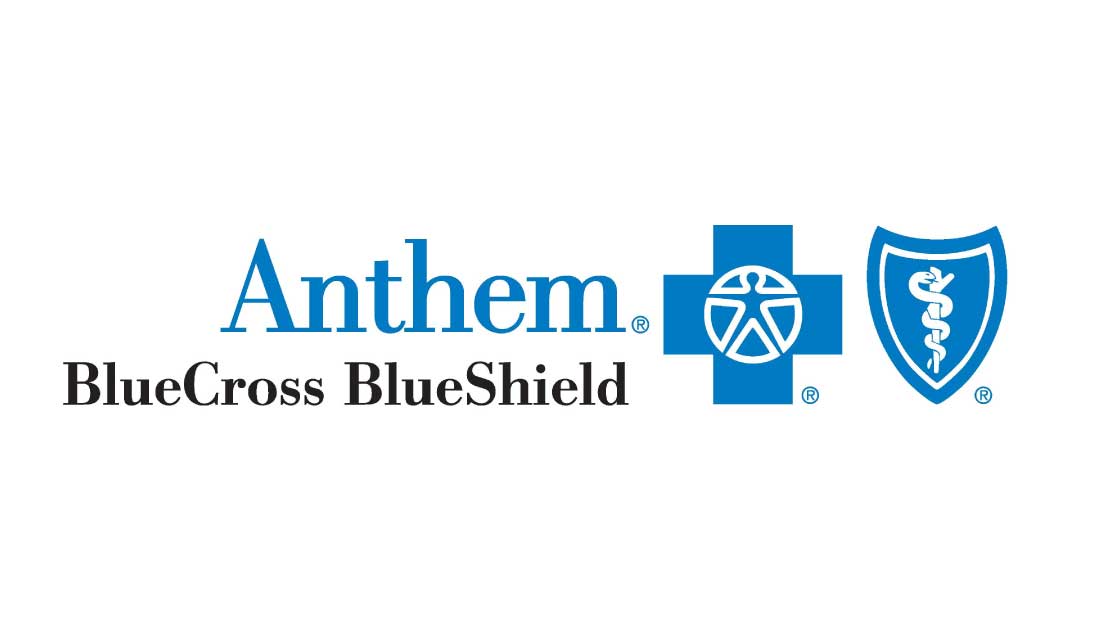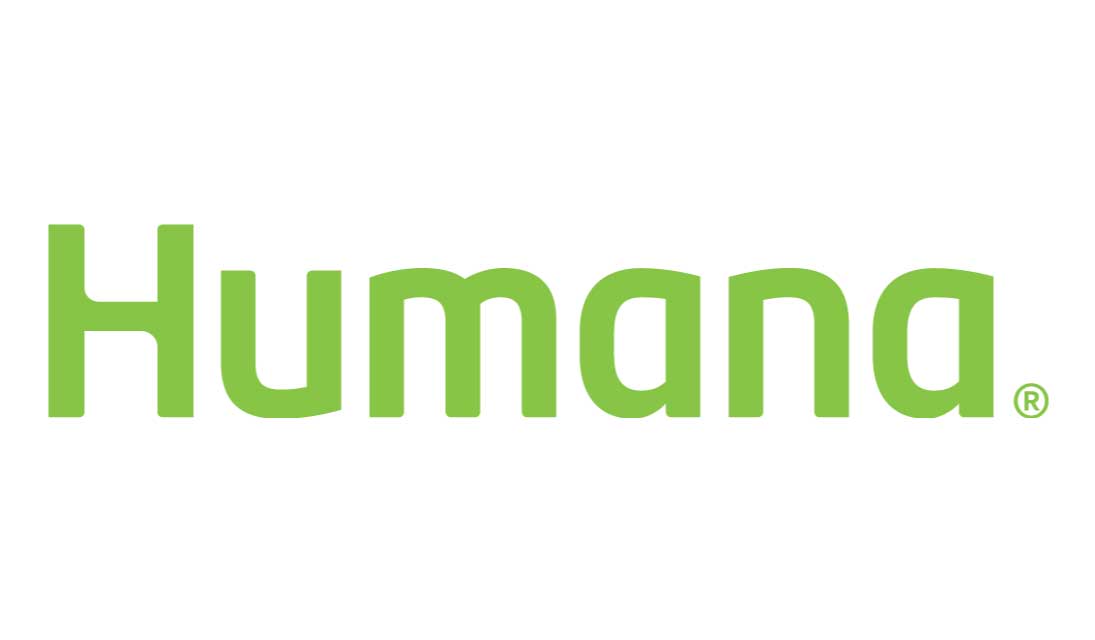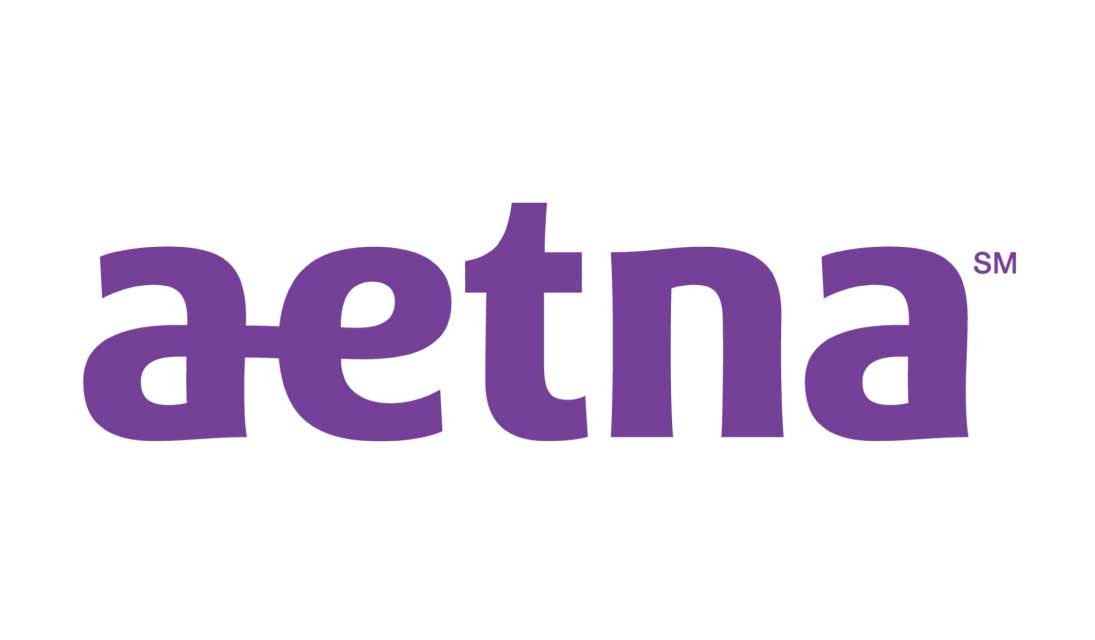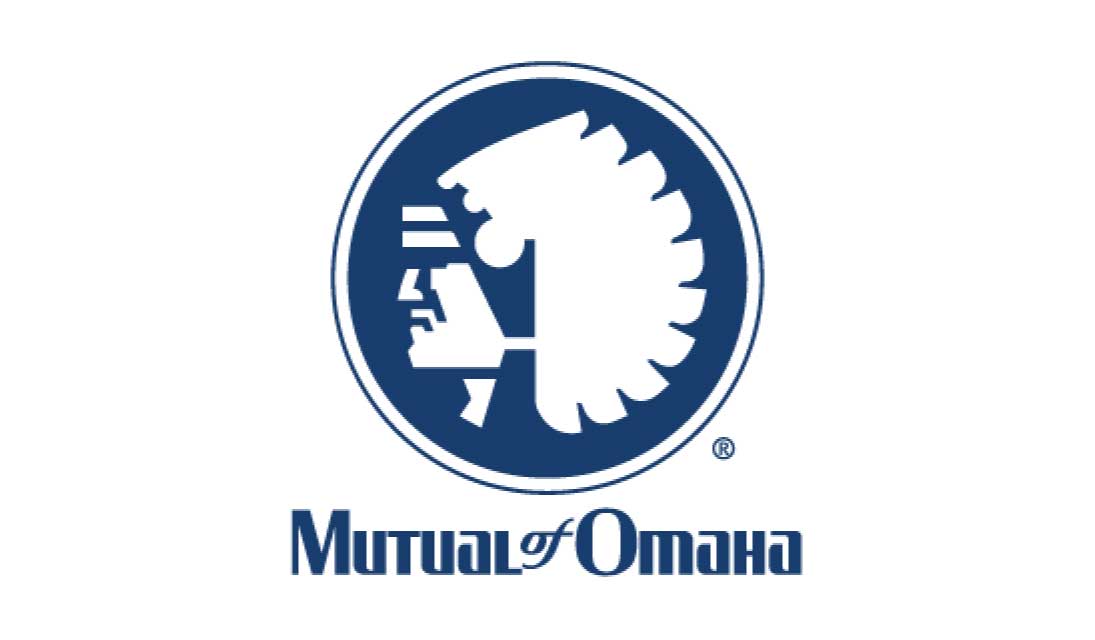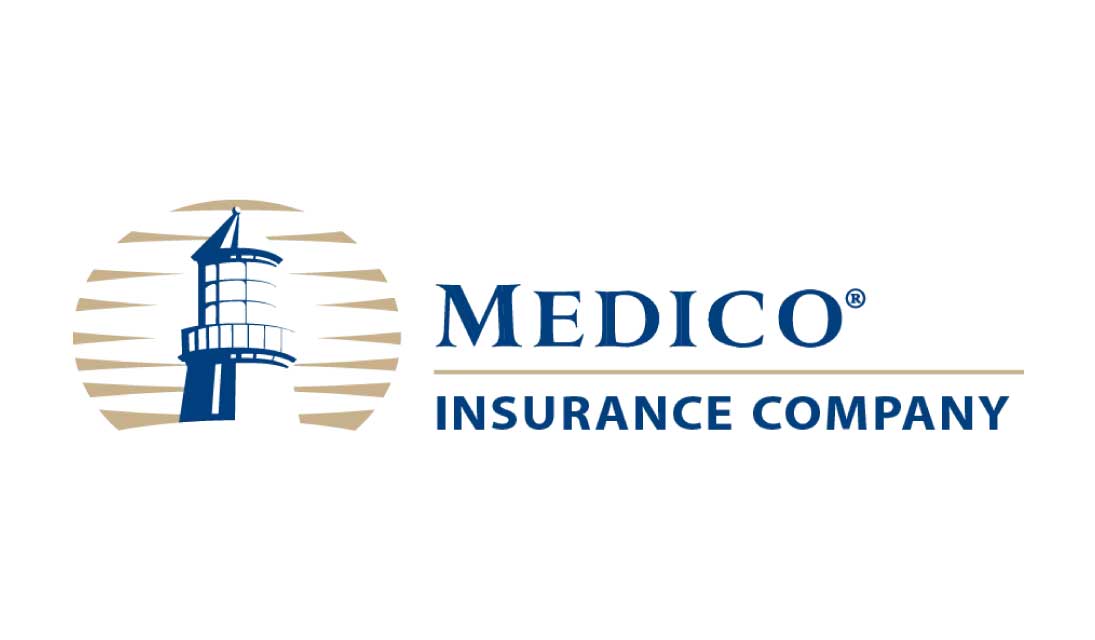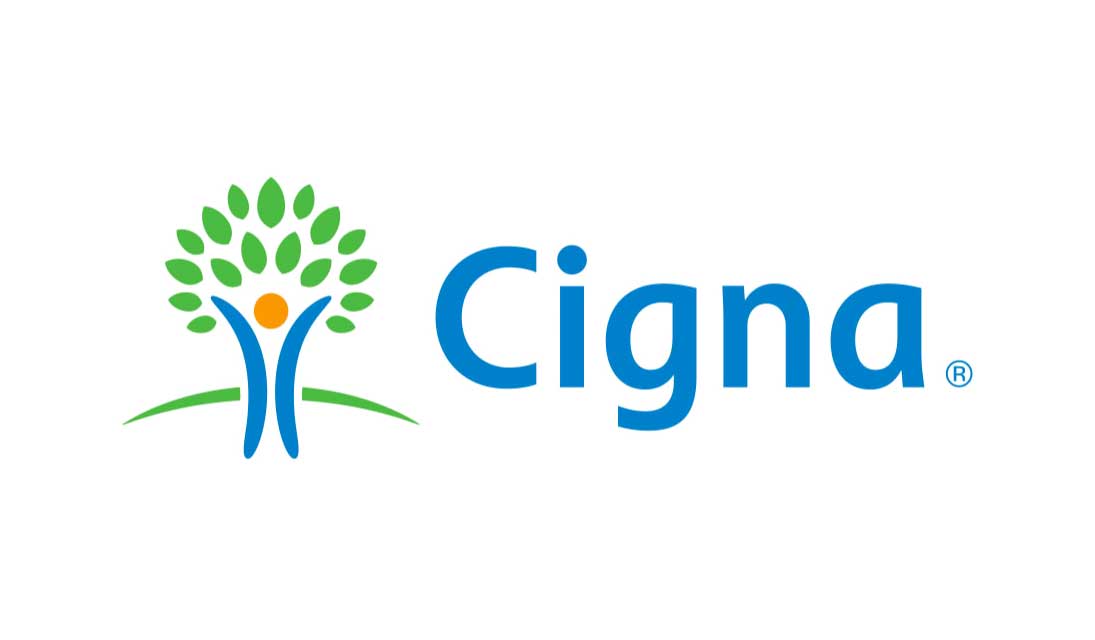
Turning 65 – What are Your Medicare Choices?
Why does Medicare have to be so confusing?
Hi, I’m Anthony Selm a licensed, independent insurance agent with The Modern Insurance Store.
We specialize in Medicare, health, and life insurance.
I wanted to make this short blog post to help you understand how Medicare works in simple terms.
It can be extremely stressful coming up on that 65th birthday with a huge healthcare decision to make.
Over the next ten to fifteen minutes, I’m going to arm you with the right questions to ask when the pushy salespeople come a-knocking.
Alright, so here we are…
What are the Medicare choices when you turn 65?
Today we will cover:
- What is Original Medicare
- How Will You Receive Benefits: Medicare Supplement or Medicare Advantage?
- What is a Medicare Supplement Plan?
- And How to Compare
- What is Medicare Advantage?
- And How to Compare
- Part D – Prescription Drug Plans
- Important enrollment dates
Let’s dive in!
And first, before I go any further. I did just want to reference, all of the information I’m going to be giving you today is right out of the Medicare and You handbook.
If you don’t have a copy, you can view a copy of it electronically or order one from medicare’s website. This is the official U.S. Government handbook and has all of the necessary information you need to know about Medicare.
It’s just rather dense reading material, so I have simplified things to help you make more sense out of it today.
Let’s start with the basic parts of Medicare.
What is Original Medicare?
Part A and Part B make up Original Medicare. Later Medicare Part C and Part D were added. Part C is also known as Medicare Advantage and we will discuss that separately.
Let’s talk about :
What is Medicare Part A – Hospital Insurance?
First off, some things to know about Medicare Part A:
- Most people are eligible for it at age 65
- There is no cost for Part A as long as you have worked for 10 years (40 quarters) and paid taxes into the system
- Works with any hospital that accepts Medicare nationwide
- Your Medicare benefits will restart after you are out of the hospital for 60 consecutive days – works on a per hospitalization basis, not a per year or per benefit period basis
- Once you have used your Lifetime Reserve days, they will never be available again
So, let’s say someone that has Original Medicare Part A coverage is hospitalized…
What are the Medicare Part A out-of-pocket costs?
First off, there is a Medicare hospital stay Part A deductible. If you are in the hospital for anywhere from 1-60 days the deductible is $1,408 for this year – 2020. After that, Medicare picks up 100% of the cost.
If you happen to be hospitalized for more than 60 days, then on day 61 and thereafter through day 90, you would be responsible for a $352 co-pay or deductible, however you want to look at it.
Each day so that someone with only Original Medicare coverage if they were to be hospitalized for a 90-day stay that could potentially be $11,968 out of their pocket.
Once we hit day 90 is where those lifetime reserve days come in.
So if someone is admitted inpatient to a hospital beyond 90 days continuously, Medicare has what are called lifetime reserve days. That is where Medicare picks up the cost except for $704 of each day of that stay for those additional 60 days. If these numbers look expensive, they are – Medicare does not have an out-of-pocket maximum or a cap on what the beneficiary could be exposed to pay.
Now let’s take a look at Original Medicare part B
Most people become eligible at age 65 for Part B but if they continue working and have group insurance or other benefits, they may delay enrolling into part b until a later date.
Part B does have a monthly premium which starts at $144.60/month but could be higher depending on income.
That premium is typically deducted right out of your Social Security benefits. If you are not yet receiving SS benefits, then you can set it up to be paid directly to Medicare.
Medicare Part B works with any doctor/facility that accepts Medicare nationwide. There is no network. It’s almost a million providers now, or just over a million that accepts medicare.
Someone with only Medicare Part B coverage would have at the doctor, or the outpatient facility or other lab services, etc.
There is a once per year Medicare Part B deductible of $198. After that deductible has been paid for the year, Medicare pays 80%, the beneficiary is then responsible for the other 20%.
Some doctors can choose not to accept Medicare assignment and they may charge what is called an excess charge. Which is 15% above what Medicare would have paid the doctor that accepts medicare.
And also with Medicare Part B, there is no maximum out-of-pocket or cap. If it were to be, for example, $100,000 out-patient cancer treatment – Medicare Part B would pay 80% but the beneficiary would be responsible for 20% or $20,000 out of $100,000 treatment in that example.
So now that we understand the basics of how Medicare Part A and Part B work, the next decision that we have to make is…
How will you receive Medicare benefits?
There are two ways to go about it. Now that we understand how Medicare Part A and Medicare Part B work, the next decision we have to make is how will we receive Medicare.
Option 1: Would be Original Medicare
Here is a list of what you would have with Original Medicare.
- Part A and Part B your hospital and medical insurance.
- A Medigap policy picking up all of the difference or most of the difference.
- Part D prescription drug plan for your prescriptions
This would be considered the gold standard for most health insurance because in some cases you can have 100% or nearly 100% coverage between all of your medical out-of-pocket doctor’s office, hospital costs, etc.
Or…
Option 2: You can choose a Medicare Advantage plan
Also known as Medicare Part C.
It usually combines Part A, Part B, and the drug coverage all in one plan.
They are designed to provide benefits equivalent to Original Medicare, the slides we just looked at previously, but they must have a maximum out-of-pocket or a cap each year. Typically that is somewhere between $4,000-$6,700 per year depending on the plan.
Important facts about Medicare Supplements
- The first thing to understand is you must have Medicare Part A and Part B to purchase a Medicare Supplement. You will pay a premium monthly for your Medigap policy in addition to your Medicare Part B premium.
- Medicare Supplements can not include prescription coverage – that is where Medicare Part D would come in. And the cost can vary by company, policy, and may go up as you get older.
- Medicare Supplements also have a unique enrollment period. When you first turn 65 or enroll in Medicare Part B, for the first time, you have 6 months to choose any Medicare Supplement without answering any health questions. After those 6 months, insurance companies can ask health questions and can decline your application if they wish because it is a supplementary product, it’s not a primary health insurance plan.
- Medicare Supplements also give you a much broader choice of doctors and hospitals since they are accepted at any doctor hospital or facility that accepts Medicare nationwide. They follow where Medicare goes.
- Medicare Supplements are standardized. This means insurance companies can only sell you a standardized policy identified by one of the ten plan letters. This means that different insurance companies can charge different premiums for the same policy.
Here are the 10 different Medicare Supplement policies (a, b, c, d, f, g, k, l, m, and n).
Some plans are very robust.
Plan F, for example, covers all of what Medicare does not pay. That plan is not offered for individuals that become eligible for Part A after January 1st of 2020.
The good news is that Plan G is almost identical to Plan F as far as the benefits. The only part that is not paid is the Part B deductible. So if you remember from the previous slide, that is a once per year deductible of $198 for 2020.
Plan N is also another great option. It is very similar to plan G. It does have up to a $20 co-pay for office visits and a $50 co-pay for emergency room visits, but covers nearly all of the other Medicare expenses 100%.
That plan also has a much lower monthly premium than Plan G.
When comparing Medicare supplements, it is easier than it looks. It is an apple to apple comparison and different companies can charge different premiums for the same policy.
Now if you are…
Comparing Medicare Advantage Plans
They are a Whole Different Animal
- They have different premiums
- Some have no premiums
- Each plan is going to have a different doctor network
- Each plan is going to have a different drug formulary – Since the Part D coverage is built into the medicare advantage
- They have different co-pays and out-of-pocket limits, and those plans can all change every year
If you have a Medicare Advantage plan or are considering one. It is very important to look at your plan every year because you don’t want to be stuck in a plan that will not work for the coming year.
One major difference between Medicare and most other health insurance you might have had in the past is that the drug benefits and the medical and hospital benefits are not connected.
Medicare Part D – Prescription Drug Plans
Medicare keeps Part D separate.
Whether it’s built into the Medicare Advantage plan, or you are purchasing a Part D benefit on your own, these plans are completely separated from the medical side of benefits with Medicare.
They have their own out-of-pocket costs, premiums, co-pays, deductibles, etc.
So Medicare Prescription Drug Plans may have a monthly premium and an annual deductible, but the deductible is usually waived for tier 1 and sometimes tier 2 medications.
If you are just taking generic drugs, and you see a plan that has a $400 deductible – it might not mean the deductible applies for your medications.
Prescription drug plan benefits work off of the calendar year Jan 1st through Dec 31st cycle. Even if you are signing up for one in the middle of the year. It is going to reset in January each year.
Each plan uses a formulary. This is the individual drugs covered by a plan and some companies offer multiple plans with multiple different formularies.
So really, it’s important to look at that when comparing options.
Part D plans have different tiers.
So, as I mentioned before, tier 1, 2, 3, etc.
Each company has different tiers and co-pays for those tiers. In some cases, the drug might be on a different tier between two different plans. So it might be a tier 2 medication on one plan but and a tier 3 on another. Very important to take a look at that when comparing.
Some plans also have what is called prior authorization and quantity limits. Some drugs require you and your prescriber to contact the drug plan before you can fill certain prescriptions. Your prescriber may need to show the drug is medically necessary for the plan to cover it.
Quantity limits just say how much of a medication you can get at a time. So if you have any drug plans in the past, this is kind of typical.
Most companies have a verification process to make sure certain drugs are covered. You do want to keep an eye out for your drug plan.
Another term you might hear with Medicare Part D is…
Step Therapy
That would mean where a company would require you to try one or more similar, low-cost drugs before they would cover a prescribed brand name drug.
This takes us to the important…
Medicare Enrollment Dates
Original Medicare, Part D, and Medicare Advantage Enrollment Dates
So, since we talked about Original Medicare Part D and Medicare Advantage, let’s talk about that first.
You are going to need to get enrolled in Original Medicare. The easiest way to do that is to go online, or you can go in person, or by calling Social Security at 1-800-772-1213. If you are a railroad retiree that number is 877-772-5772.
Now if you are already receiving Social Security benefits before turning 65, you can relax and sit back because your enrollment is automatic.
You will get a Medicare card in the mail around 3-5 months before your 65th birth month.
For the rest of you, the enrollment period is as follows:
- You have 3 months to enroll before your Part B effective date
- Then you have the month of your Part B starting
- Then 3 months after that month
So the total enrollment period time here for Original Medicare, Part D, and/or Medicare Advantage Plans is a total of 7 months.
Medicare Supplement Enrollment Period
Medicare Supplements have a “lock-in” period of up to 6 months prior and you have an enrollment period of 6 months after your Part B effective date.
If you miss that 6-month date, you may have to answer health questions – which means you could pay higher premiums or be denied coverage altogether.
What are Your Next Steps
Option 1: Start calling 30 different places to get rates and information
Or
Option 2: Let us do all the heavy lifting for you for free.
If you are leaning towards option 2, then give us a call at (866) 572-9255
Or click info.medicareeasystreet.com
Information about The Modern Insurance Store
A few benefits that we offer…
- An unbiased look at over 20 insurance companies.
- An advisor on the ground – we are in the field working with folks, talking about Medicare every day.
- Our job is to stay on top of new Medicare rules, regulations, changes that might affect you.
We review your coverage every year to make sure that you are not stuck with a plan that might not cover something that you need for next year. There is no cost for our help. We represent all the major brand name carriers and many others.
𝘼𝙩𝙩𝙚𝙣𝙩𝙞𝙤𝙣 Seniors!!
Did you know…
People turning 65 can get Medicare coverage from over 30+ companies with no health questions?

When someone turns 65 or enrolls in Medicare Part B for the first time (whichever comes later) they become eligible for the Medicare Initial Open Enrollment Period.
The signup period begins 3-6 months before starting Part B (age 65 for most) and continues for 3-6 months after Part B starts.
This means that any and all Medicare Supplement plans must accept you regardless of previous health status.




Medicare Advantage and Part D plans have Annual Enrollment periods and change yearly.
Let us show you how to compare plans and take the headache out of getting set up in one easy step!
𝑻𝒉𝒊𝒔 𝒊𝒔 𝒂 𝑭𝑹𝑬𝑬 𝒔𝒆𝒓𝒗𝒊𝒄𝒆 𝒕𝒐 𝒚𝒐𝒖, 𝒄𝒂𝒍𝒍 (866) 572-9255 𝒐𝒓 𝒄𝒍𝒊𝒄𝒌 {𝑳𝒆𝒂𝒓𝒏 𝑴𝒐𝒓𝒆} 𝒕𝒐 𝒈𝒆𝒕 𝒔𝒕𝒂𝒓𝒕𝒆𝒅 𝒕𝒐𝒅𝒂𝒚!








